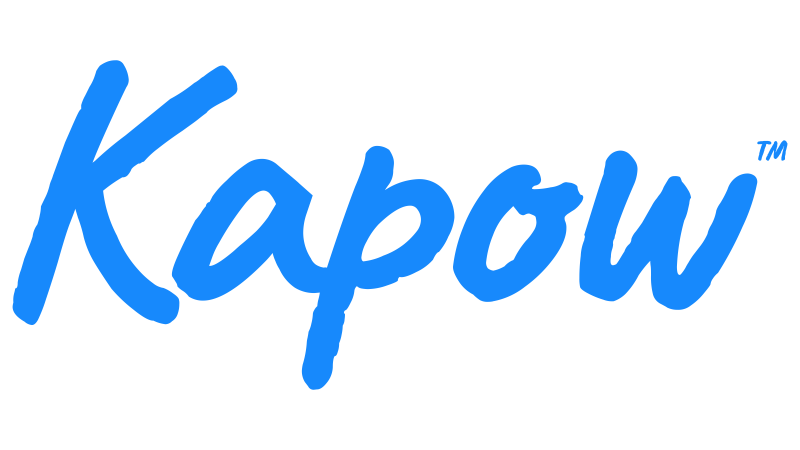Learning intention
- To make a symmetrical flip pattern using reflections.
Success criteria
- I can trace
This content is for subscribers only. Join for access today.
Cambridge Primary Art & Design (0067) Learning objectives
Experiencing
E.02 Explore media, materials, tools,
This content is for subscribers only. Join for access today.
Before the lesson
This content is for subscribers only. Join for access today.
Lesson plan
Recap and recall
Show the Presentation: Keyword. Ask the children to work in pairs to complete one or more of the activities listed on the slide.
This content is for subscribers only. Join for access today.
Extended-mode explainer videos
How to extend your display to view the lesson page and preseantion mode simultaneously. Choose your operating system below to watch the video
If you need further support with extending your display,
please contact [email protected].
Differentiation
Learners needing support:
- Could use a pre-drawn 10 cm x 10 cm square to help them get started.
- Could trace and flip simple shapes, such as a star or a flower, to focus on symmetry.
- Should use a mirror to check if their pattern is symmetrical after each step before continuing.
Learners working at a stretch:
- Could add extra details or patterns inside their design while keeping it symmetrical.
- Can use multiple lines of symmetry in their design (e.g., vertical, horizontal, and diagonal) to create a more complex pattern.
This content is for subscribers only. Join for access today.
Assessing progress and understanding
Learners with secure understanding can:
- Draw a design and use tracing paper to
This content is for subscribers only. Join for access today.
Vocabulary definitions
-
diagonal
A line that is straight and sloping.
-
flip pattern
A symmetrical design made by flipping tracing paper along vertical and horizontal lines of symmetry.
This content is for subscribers only. Join for access today.
In this unit
Lesson 1: Geometric patterns around the world
Lesson 2: Seed of Life
Lesson 5: Geometric tile prints
Lesson 3: Tessellations
Lesson 4: Symmetrical flip patterns

